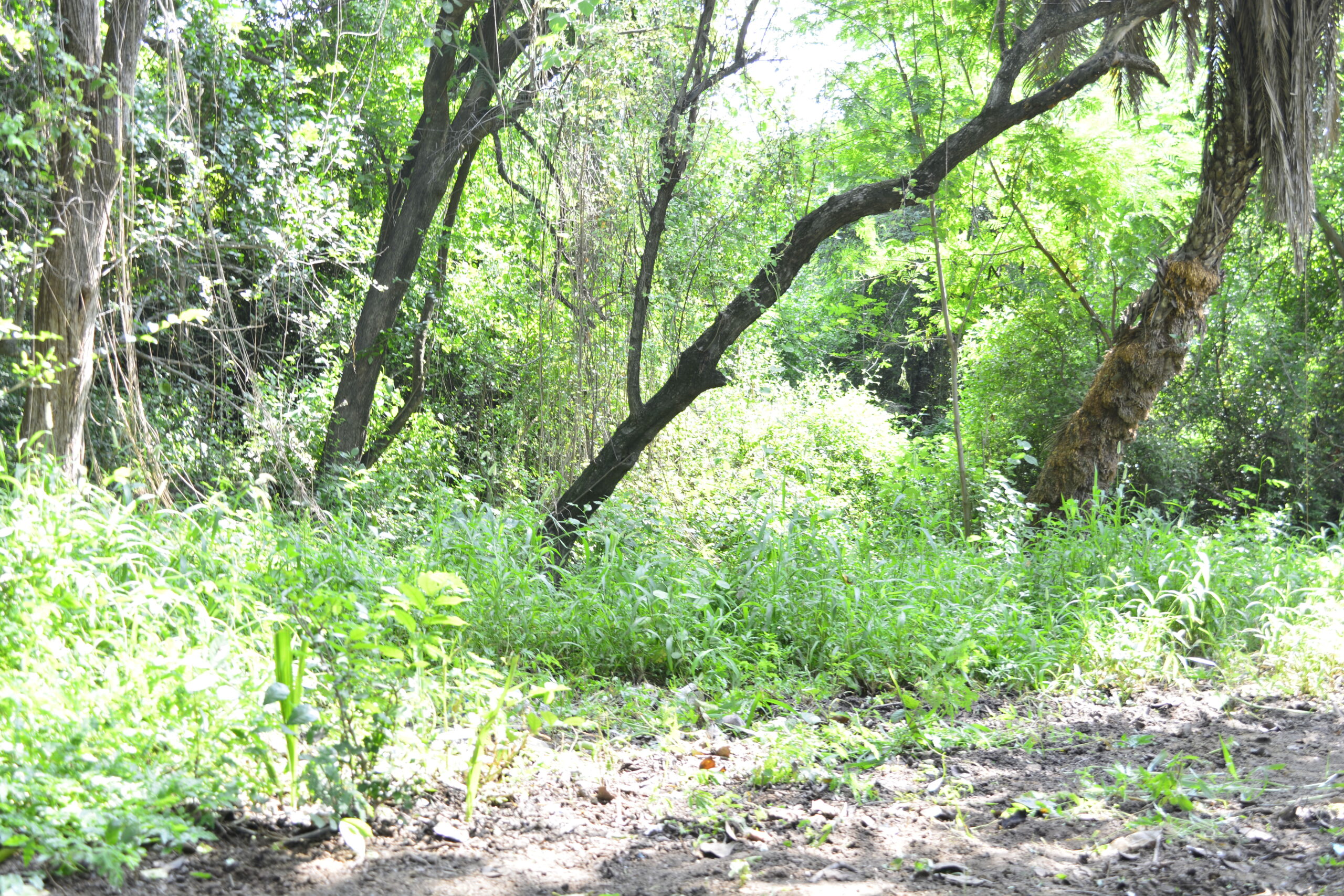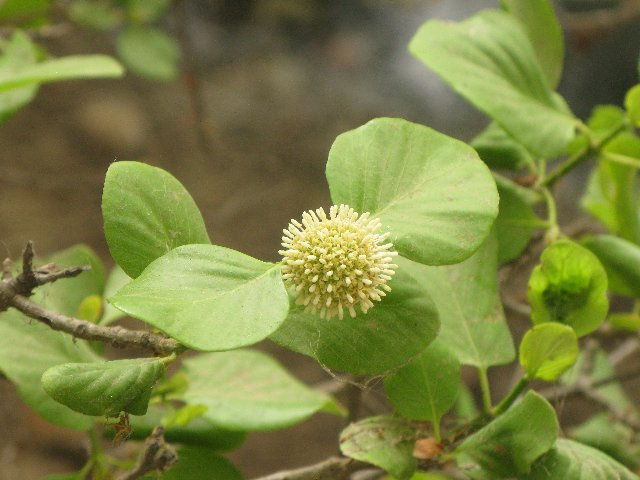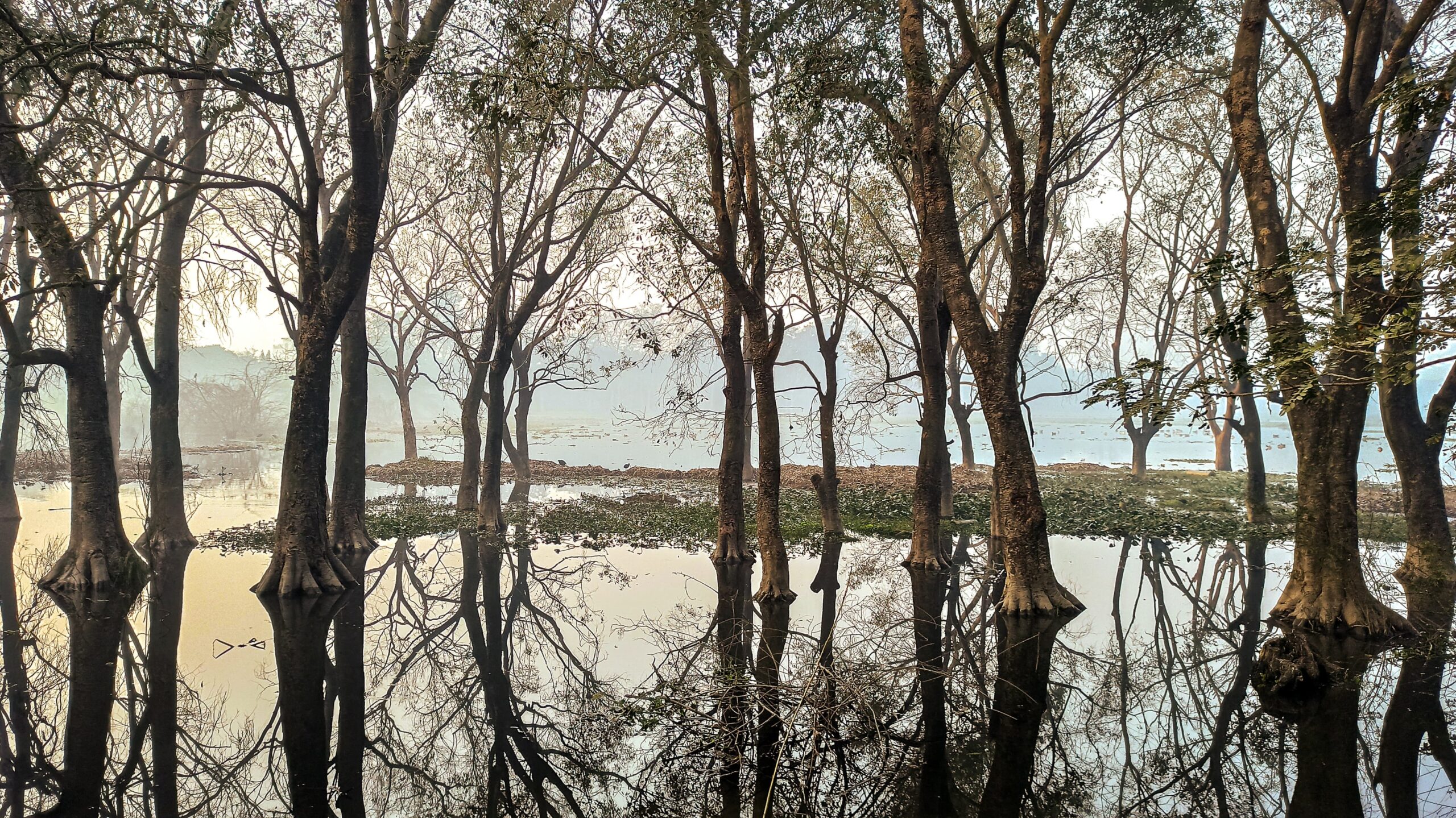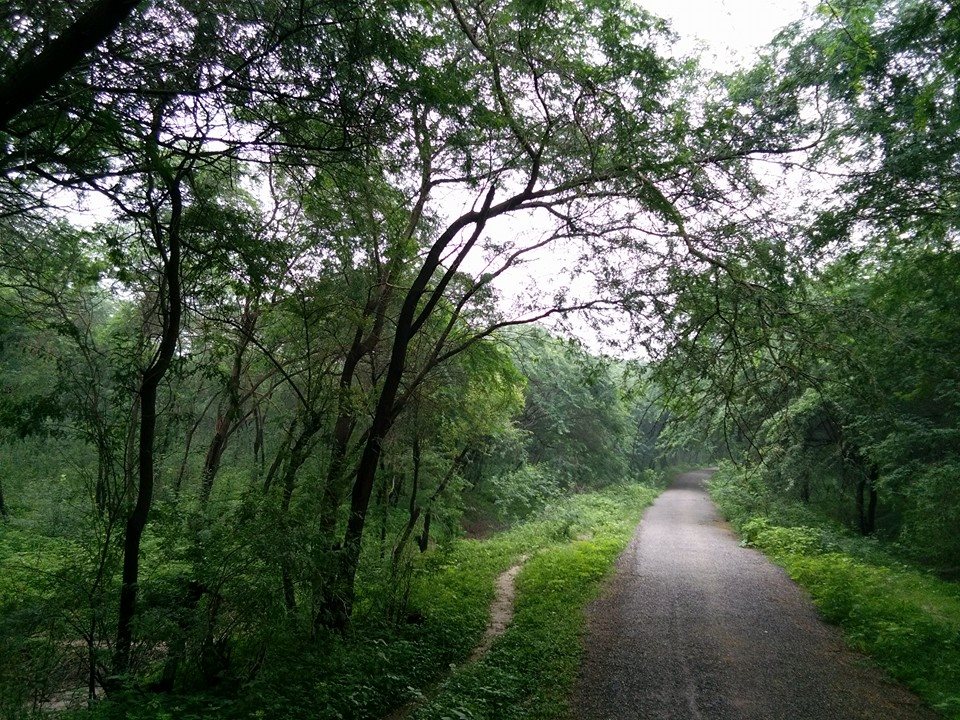- Approximately 1.6 lakh trees slated for plantation
- Shri Krishna’s favourite Kadamba, Tamal, Peeplal, Banyan, Khirni, Maulshree, Arjun, Palash trees to be planted
- The prior restrictions within the TTZ had posed obstacles to the uprooting of Babul trees.
2023.12.13 (Vrindavan Today News): Now the Forest Deparment in Mathura will be able to replace the Bilayati Babul (Prosopis julifora) trees, with the traditional Braj trees. The U.P. Government has been granted permission to uproot the Babool Trees to pave way for planting the traditional trees.
In a significant development, resonating with the essence of preserving indigenous flora and cultural heritage, the Supreme Court’s recent ruling has paved the way for a transformative initiative. The Uttar Pradesh Forest Department had filed a petition before the Supreme Court to allow the uprooting of invasive Babul trees and initiating the plantation of revered saplings of Krishna’s time.
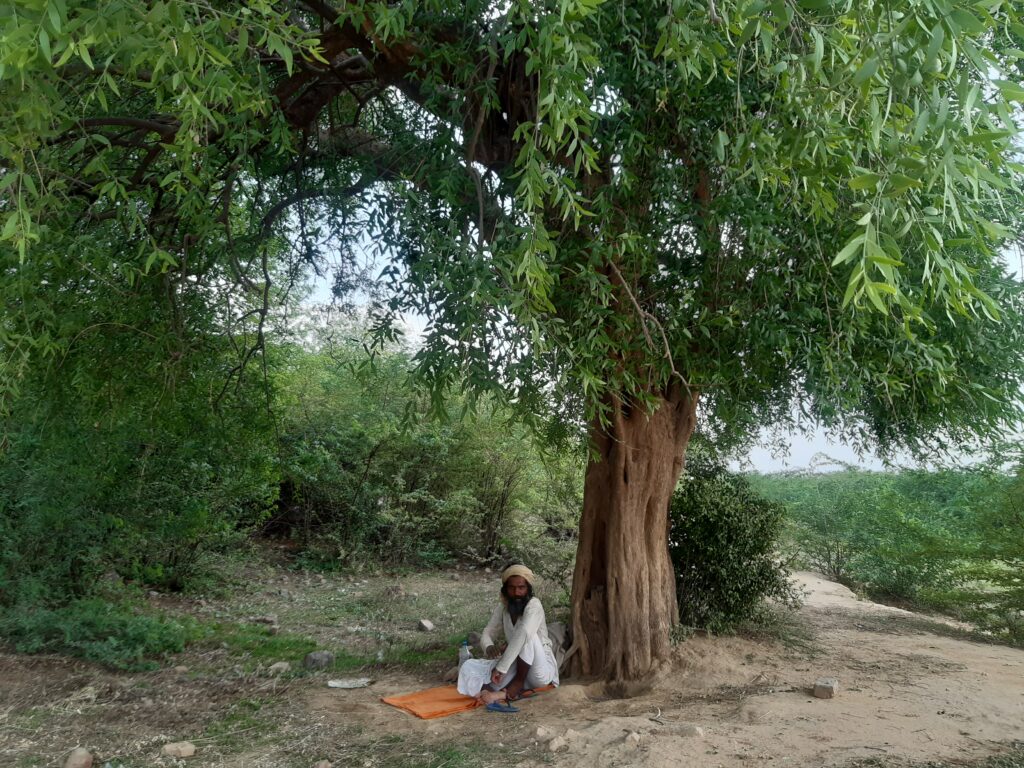
On Tuesday, the Supreme Court while hearing the petition of the UP Forest Department approved the proposal of removing the Vilayati Babul trees, remnants of the British era, from sites including the surrounding of the revered birthplace of Shri Krishna and other significant locations in Mathura. This move aims to make way for the plantation of indigenous flora and Krishna’s favourite, including Kadamba, Peepal, Tamal, Banyan, Pakar, Maulshree, Khirni, Arjun, and Palash trees.
A bench of headed by Justice Sanjay Kishan Kaul allowed to reinstate the ancient glory of Mathura, endorsing the extensive plan of the Uttar Pradesh government. Termed as the “Ancient Forest Rejuvenation Project,” this initiative is geared towards reviving the cultural and religious heritage of Mathura, amplifying its historical significance.
The state government has named the initiative as “Ancient Forest Rejuvenation Project”. The government aims to recreate the ancient forests depicted in religious scriptures within the Braj pilgrimage area.
Notably, this area falls within the Taj Trapezium Zone (TTZ), mandating Supreme Court approval for any tree removal activities. The prior restrictions within the TTZ had posed obstacles to the uprooting of Babul trees.

Following the Supreme Court’s decision favouring the Forest Department’s plea, the stage is set for the removal of Babul trees, paving the way for the implementation of the ambitious plantation initiative aimed at restoring Mathura’s divine landscape to its former glory.
The meticulously planned undertaking is set to span a decade, encompassing 36 designated sites across regions like Veerpur, Gokul, Shergadh, Sunarkh Bangar, Kotvan, Nandgaon, and others.
Mr. Rajneekant Mittal, the District Forest Officer (DFO), disclosed that a comprehensive plan spanning ten years has been meticulously designed by the Forest Department. The ambitious blueprint entails a three-year phase dedicated to the extraction of Babul trees and the subsequent plantation of Lord Krishna’s favourite flora. Following this, there’s a seven-year commitment to nurturing and conserving these plantations.
Approximately 1.6 lakh saplings are slated for plantation, aligning with the Supreme Court’s directive to designate and mark the identified Babul trees for extraction. This monumental effort, a fusion of environmental conservation and cultural significance, aims to transform Mathura into a lush green landscape resonating with the essence of Shri Krishna’s legacy.
The process of marking and uprooting Babul trees in accordance with the Supreme Court’s orders is currently underway, marking a pivotal step towards the realization of this ambitious conservation initiative.


